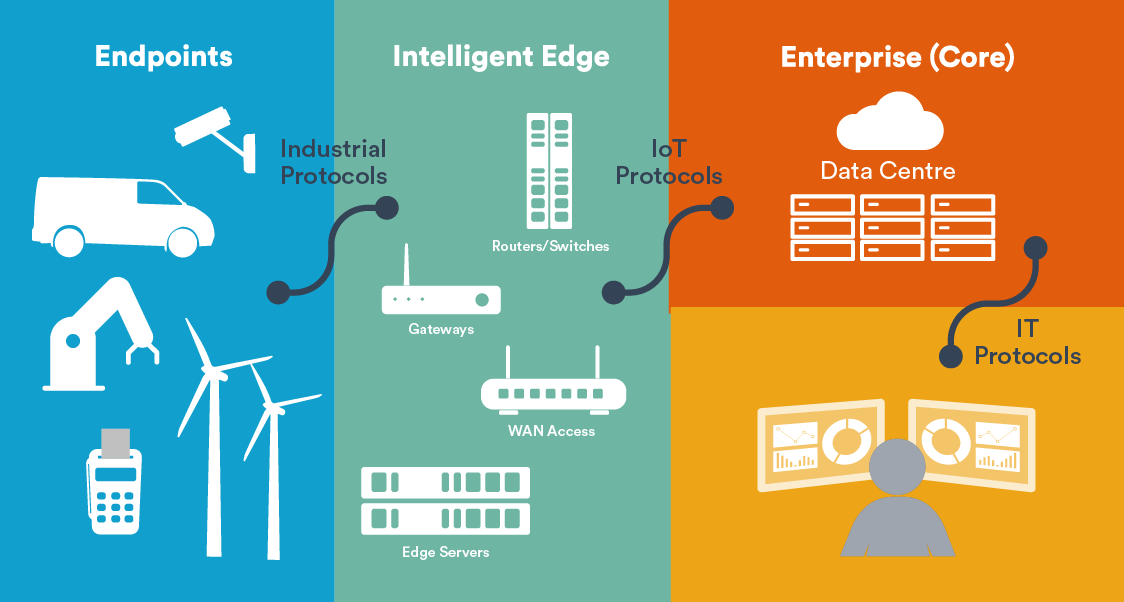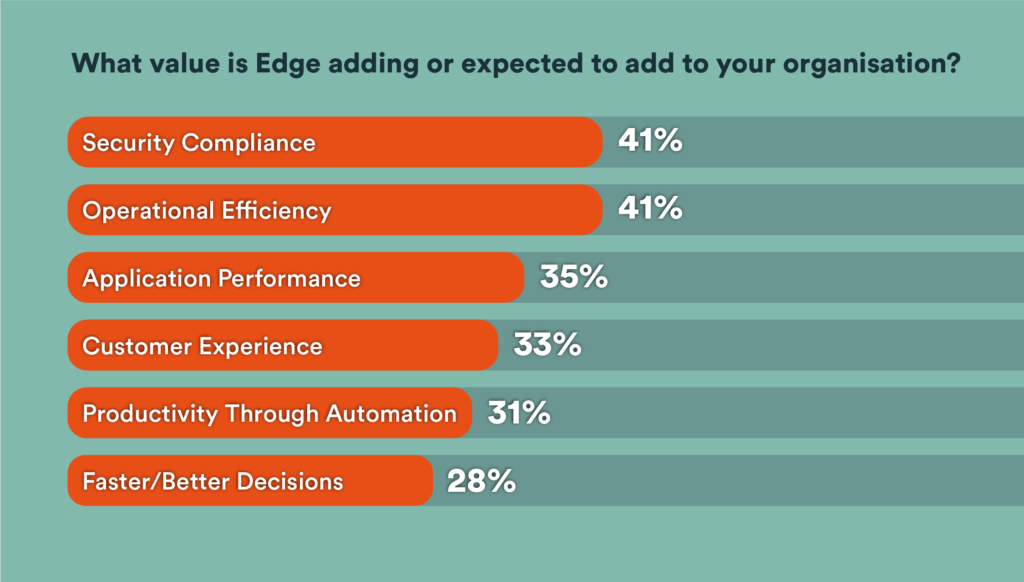Edge AI chipsets: intelligent accelerators

IoT has moved away from the old model of processing IoT data in the cloud, which limited its role to monitoring and reporting. Processing data at the edge of an IoT network, edge computing, has enabled local control based on near real-time information. However, until recently employing AI to analyse the data was mainly performed in a central facility or the cloud because of the demanding processor-intensive requirements. But when small, power efficient and cost-effective AI chipsets are embedded in IoT devices and edge hardware they generate real-time business intelligence on operations in the local environment as they occur.
That represents a very significant development. For example, if a security breach is detected in the environment the ability to turn off a feature or isolate part of the network becomes a mission-critical requirement. In addition, processing and analysing data at the edge enables companies to carry out authentication tasks closer to end users, which is inherently more secure and faster.
AI chipsets are specialised silicon products designed for specific tasks that are defined in the silicon hardware. They run the algorithms and thereby realise the high speeds and efficiencies necessary for large-scale AI-specific calculations. These chipsets are also known as AI accelerators. They are complemented by cloud AI chipsets that have higher computational power, higher power consumption, as well as a larger physical footprint. Therefore they are relatively more expensive.
The growing importance of edge AI chipsets to the IoT market growth and the economy is reflected in the number of vendors. They include established makers of microprocessors and microcontrollers such as AMD, ARM, Intel, Maxim, NVIDIA, NXP and STMelectronics as well as various start-ups. In addition, Intel and Google are marketing standalone edge AI chips that were developed internally.
Deloitte, a multinational professional services organisation, predicts that the edge AI chip market will continue to grow much more quickly than the overall chip market and by 2024 sales are expected to exceed 1.5 billion units.
The role of these chipsets in the wider real-time environment is one of the many topics covered in Beecham Research’s “IoT at the Edge” report. Edge-related developments represent an important step change in the evolution of the IoT market and of IoT solutions, a change that is reinforced by the introduction of 5G.
Edge computing’s ability to generate real-time intelligence and 5G services that align with different IoT applications requirements represent a groundbreaking combination of computing and communications functionality.
As noted in Beecham’s report, survey results from companies that have implemented IoT at the edge indicate significant benefits, as shown in the following graphic. They include: higher security compliance, greater operational efficiency, better application performance, improved customer experience and faster decision-making. Collectively, that adds up to significant competitive advantage. In addition, a fast RoI can be anticipated.

